#GRAVITY
Explore tagged Tumblr posts
Text
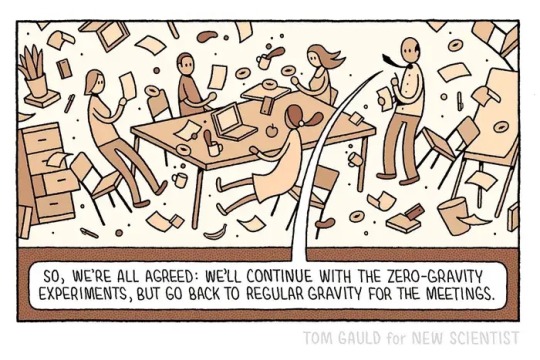
My latest cartoon for New Scientist
2K notes
·
View notes
Text
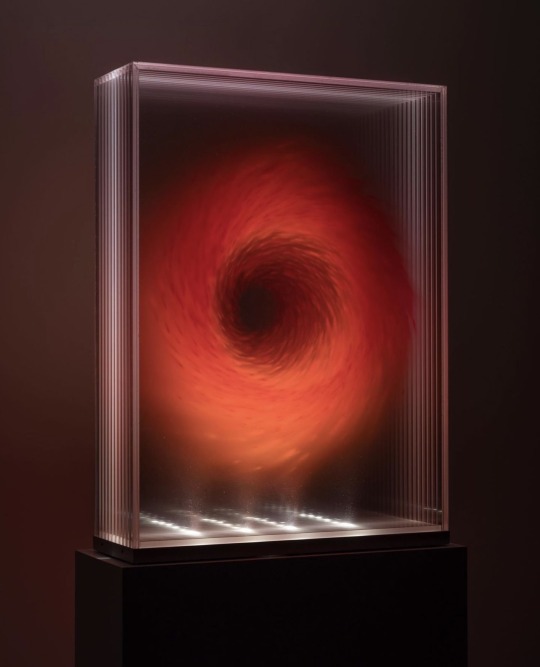
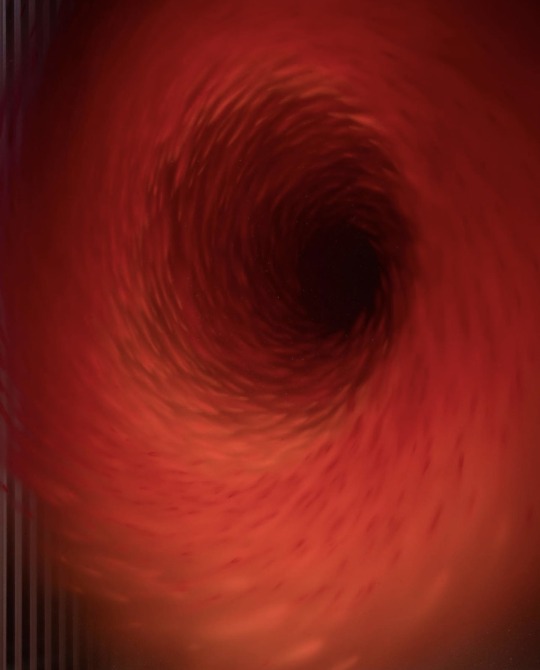
David Spriggs: Red Gravity (2019)
4K notes
·
View notes
Text
#polls#2013 in film#frozen#iron man 3#despicable me 2#the hobbit: the desolation of smaug#the hunger games: catching fire#fast & furious 6#monsters university#gravity#man of steel#thor: the dark world
5K notes
·
View notes
Text
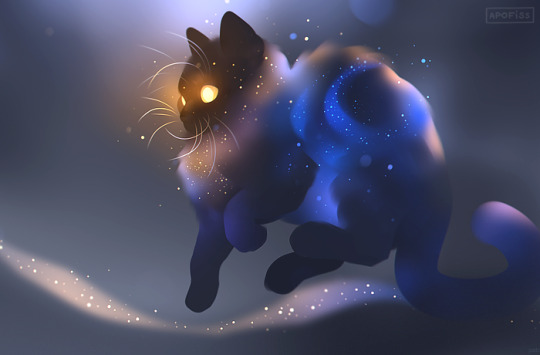
Gravity. Cosmic cat strolling into the infinite star veil…🌌 Desktop and mobile wallpaper size on Patreon!
1K notes
·
View notes
Text
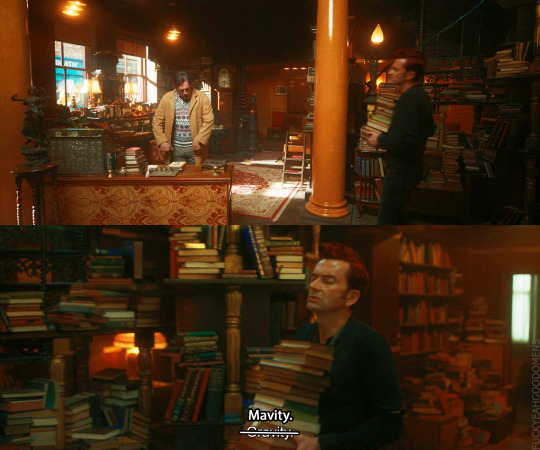
(a reference to the newest DW episode :D<3)
#good omens#good omens memes#incorrect good omens quotes#jokes#funny#doctor who#doctor who spoilers#mavity#gravity
2K notes
·
View notes
Photo

Gravity - Artem Chebokha
276 notes
·
View notes
Text
When three massive objects meet in space, they influence each other through gravity in ways that evolve unpredictably. In a word: Chaos. That is the conventional understanding. Now, a researcher from the University of Copenhagen has discovered that such encounters often avoid chaos and instead follow regular patterns, where one of the objects is quickly expelled from the system. This new insight may prove vital for our understanding of gravitational waves and many other aspects of the universe.
Continue Reading.
335 notes
·
View notes
Text

Get this show away from me, i cant stop
#artwork#artists on tumblr#digital art#drawing#fanart#art#bill#bill cipher#bill x ford#bill x stanford#the book of bill#billford#gravity falls stanford#stanford#stanford pines#meme#funny memes#funny#funny post#gravity falls#gravity#falls#stan#grunkle ford#stop this madness#im going crazy#ibispaintx#i dont know why bill is so down#dont ask
284 notes
·
View notes
Note
Would Alphys be Mcgucket?
And blubs and Durland those two royal guards that you fight in Hotland?





Gravity fell - Alphys + others
prev|Og post
on the note of the two guards being the cops- yes absolutely 100% I'm just horrid at drawing armor or buff men so JDDSHJS
Might change Alphys' 'crazy' fit cuz im not too sure abt it but we'll see :3
#undertale#art#my art#gravity falls#gravity#gravityfalls#underfell#underfell sans#uf sans#uf chara#uf asriel#gaster#grunkle stan#stanley pines#stanford pines#ford pines#ut au#chara#asriel#gravity fell#alphys#undertale alphys#fiddleford mcgucket#uf alphys
311 notes
·
View notes
Text
In this experiment, a "bowling ball and a feather" fall to the ground simultaneously.
Although it seems like an illusion, this is a simple physical phenomenon.
This fascinating experiment, conducted in the world's largest vacuum chamber, is also known as the Galileo experiment.
In a vacuum chamber without air resistance, objects fall solely due to gravity. Despite their different masses, both the feather and the bowling ball accelerate at the same rate.
This is because gravity affects all objects equally, regardless of their mass, causing them to hit the ground simultaneously.
For more, don't forget to like the video and follow us. ♥️
252 notes
·
View notes
Text
Have cats always been able to defy gravity?

3K notes
·
View notes
Note
why do beeg planets have so many moons
I think gravity is an illusion btw
Sorry but they do because of gravity, and I refuse to argue with people who don't believe in gravity because they keep floating away before I can explain that they're wrong.
692 notes
·
View notes
Text

317 notes
·
View notes
Text

kerouac, vol. 6 (1998)
#kerouac#kera#kera magazine#streetsnaps#fotus#gravity#buffalo#cyberdog#cyber#jfashion#harajuku#harajuku fashion#magazine#90s#y2k
272 notes
·
View notes
Text
Doritos fanart

#my art#art#artists on tumblr#fanart#illustration#gravity falls#gravity falls fanart#bill cipher#gravity falls bill#the book of bill#billford#gravity#Falls#Gf#gf fanart
158 notes
·
View notes